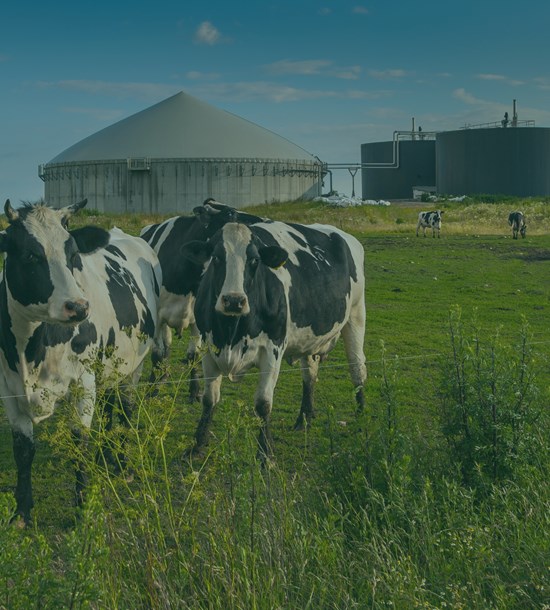The transition from a fossil-based economy to a bioeconomy is a crucial agenda for the European Union (EU), addressing the pressing need for sustainable resource utilisation and economic resilience. The recent report titled "Overall mapping of global and EUs policies on bio-based sectors & food-systems" offers an extensive overview of global and EU policies, strategies, and key innovation indicators in the bio-based sectors and food systems. This article explores the key findings and recommendations from the report, emphasising the importance of bioeconomy in shaping a sustainable future.
International Strategies and Players
The report highlights the diverse approaches to bioeconomy across major global players such as the United States, China, Japan, and Malaysia. While the EU has been a frontrunner since the launch of its Bioeconomy Strategy in 2012, other regions have rapidly advanced, recognising the bioeconomy's potential. For instance, the US and China have made significant strides, with China heavily investing in innovation and steadily increasing its patent applications in bio-based technologies. The differences in priorities and operational modes between these global strategies underscore the need for the EU to refine its approach to maintain competitiveness and leverage technological advancements.
Role of International Organisations
Key international organisations such as the Organisation for Economic Co-operation and Development (OECD), the Food and Agriculture Organization (FAO), and the World Bioeconomy Forum play pivotal roles in fostering global bioeconomy development. These organisations facilitate knowledge exchange, set global standards, and promote collaborative efforts to address bioeconomy challenges.
Biomass Production and Utilisation
The agricultural sector remains the largest biomass provider in Europe, contributing over 70% of the total biomass. However, marine-based sectors, though constituting a smaller share, are highly significant due to the production of algae, a valuable resource for the food and chemical industries. The report indicates a consistent increase in biomass production across primary sectors such as agriculture, forestry, fisheries, and aquaculture.
Innovation and Funding
The EU's bioeconomy innovation landscape is primarily driven by funding mechanisms like Horizon 2020 and Horizon Europe. However, the report points out a regional disparity, with Western European countries receiving the majority of the funding, while Central and Eastern European countries lag behind. Despite these disparities, the EU remains a strong player in bioeconomy patenting, second only to the US. To bridge these gaps, the report suggests targeted investments and strategic policy support to ensure balanced development across all EU regions.
EU Strategies and Policy Instruments
The EU Bioeconomy Strategy, revised in 2018, focuses on five core objectives: ensuring food and nutrition security, managing natural resources sustainably, reducing dependence on non-renewable resources, mitigating and adapting to climate change, and strengthening European competitiveness and job creation. These objectives align with the broader targets of the EU Green Deal, highlighting the bioeconomy's critical role in achieving climate neutrality and sustainability.
Transnational Collaboration
The report underscores the importance of transnational collaborative structures in advancing the bioeconomy. These structures facilitate knowledge exchange, innovation, business development, and policy advocacy. The mapping of these collaborative entities provides insights into effective practices and areas requiring further enhancement to address collaboration challenges.
To realise the full potential of the bioeconomy, the EU must adopt a more strategic approach. This involves enhancing policy coherence, increasing investment in innovation, and fostering inclusive growth across all regions. The report emphasises the need for continuous support for research and development (R&D), particularly in low-technology readiness levels, to drive bio-based innovations.
Furthermore, strengthening international collaborations and learning from global best practices can provide valuable insights for the EU. As global environmental risks increase, the urgency for sustainable transformation in food and agricultural systems becomes paramount. The FAO's emphasis on bridging knowledge gaps and combining efforts across countries and organisations is particularly relevant.
The ShapingBio report “Overall mapping of global and EUs policies on bio-based sectors & food-systems" provides a comprehensive overview of the bioeconomy's landscape, highlighting the EU's strengths and areas for improvement. The transition to a bio-based economy is not just an environmental imperative but a strategic economic opportunity. By leveraging its innovative capabilities, fostering regional inclusivity, and enhancing international collaborations, the EU can lead the way towards a sustainable and resilient future. The ongoing efforts and recommendations outlined in the report offer a roadmap for policymakers, researchers, and industry stakeholders to collectively shape a thriving bioeconomy.
